Japan’s sartorial history offers an intricate tapestry that weaves together centuries of tradition, culture, and artistry. Dive deep into some iconic traditional Japanese attires and discover the stories behind them.
Kimono (着物)
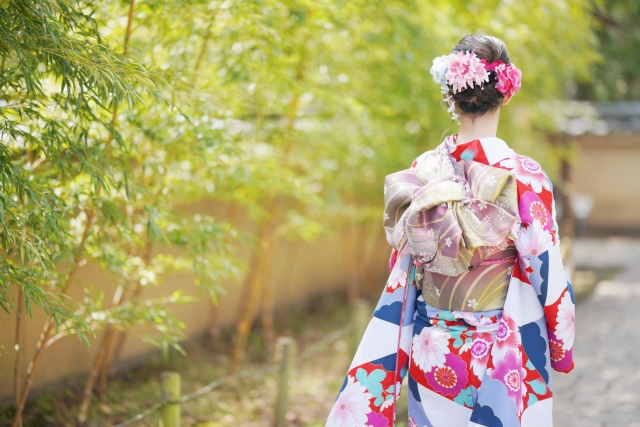
The kimono (着物) stands as the hallmark of traditional Japanese attire. It’s a full-length robe renowned for its straight-lined construction and vibrant designs. Beyond being a piece of clothing, the kimono symbolizes Japan’s profound cultural heritage. Paired with the ‘obi’ (帯), this attire offers insights into various aspects of life from seasons to personal statuses.
Yukata (浴衣)
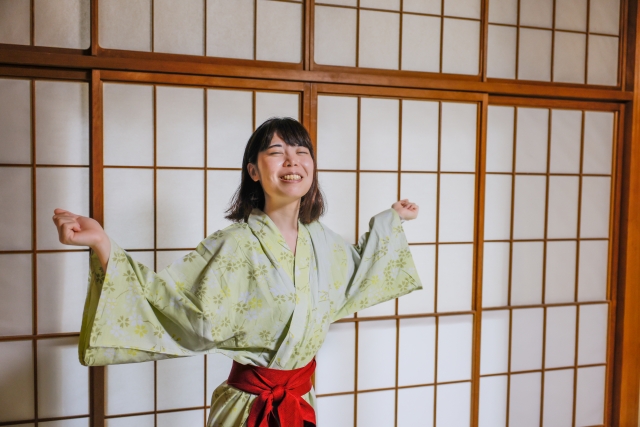
A lighter cousin of the kimono is the yukata (浴衣). Made primarily of cotton, this casual garment is a staple during Japanese summers. It’s common to see people clad in colorful yukatas during summer festivals or enjoying a stay at a traditional inn (旅館).The yukata represents the blend of comfort, functionality, and the spirit of seasonal festivities.
Hakama (袴)
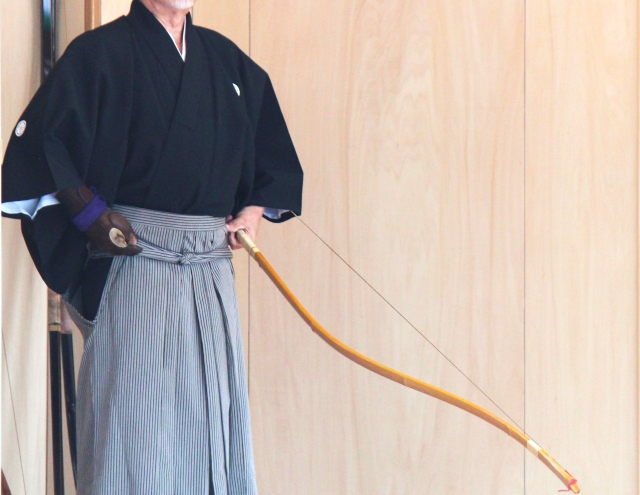
Hakama (袴) refers to the wide-legged trousers often worn over the kimono. Originally used by samurai for horseback riding, these pants have integrated into various aspects of Japanese culture, including martial arts and formal ceremonies. The pleats in the hakama are not just for decorative purposes; they’re laden with cultural symbolism, each representing traits like etiquette, patience, and honor.
Haori (羽織)
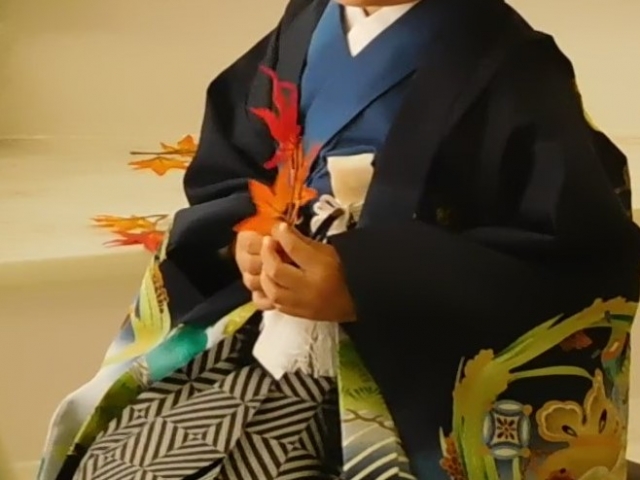
The haori (羽織) is a hip- or thigh-length jacket worn over the kimono, adding an extra layer of elegance and warmth. Historically favored by samurai and now loved by many, its design varies from simple to intricate, showcasing the seamless blend of form and function.
Hanten (半纏)
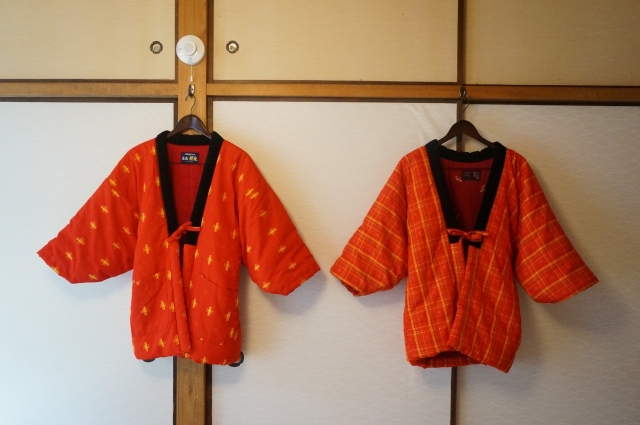
The hanten (半纏) is a short winter coat historically worn by the common folk. Made to provide warmth, these coats often carry family crests or designs that depict the wearer’s profession. Representing daily life in old Japan, the hanten continues to be a cherished piece of attire during colder months.
Happi (法被)
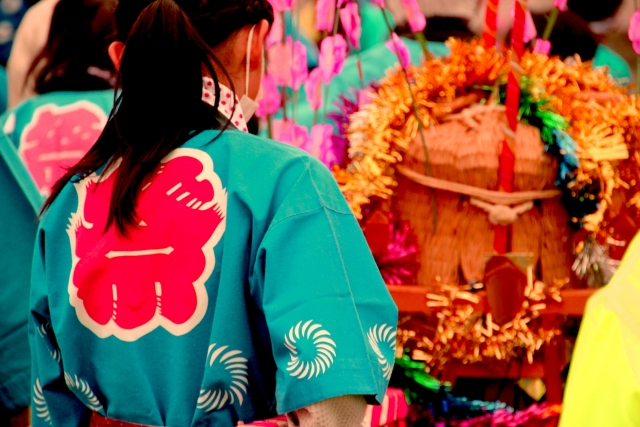
Distinguished from the hanten, the happi (法被) is a straight-sleeved coat traditionally worn during festivals. With its bright colors and designs, often representing the group or community of the wearer, it embodies the joyous and unified spirit of local celebrations.
Jinbei (甚平)
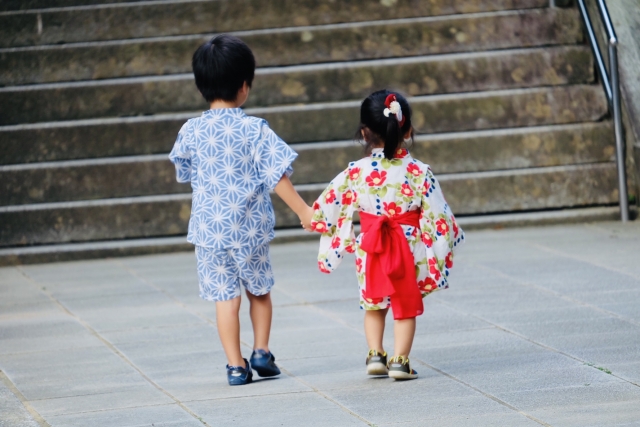
The jinbei (甚平), often considered a laid-back version of the yukata, is a two-piece outfit consisting of a short-sleeved top and shorts or pants. It’s perfect for lounging at home or casual outings in the summertime. Its breathable design, paired with traditional aesthetics, offers a relaxed yet distinctly Japanese feel.
Conclusion
Traditional Japanese attire is more than just clothing; it’s a connection to the past, a representation of culture, and a source of pride. Wearing these garments is like stepping into a living piece of history, celebrating the timeless elegance and heritage of Japan. Whether it’s the grandeur of a ‘Kimono,’ the relaxed charm of a ‘Yukata,’ the formality of a ‘Hakama,’ the versatility of a ‘Haori,’ or the comfort of a ‘Jinbei,’ each piece tells a story, inviting us to appreciate the artistry and culture it embodies.




